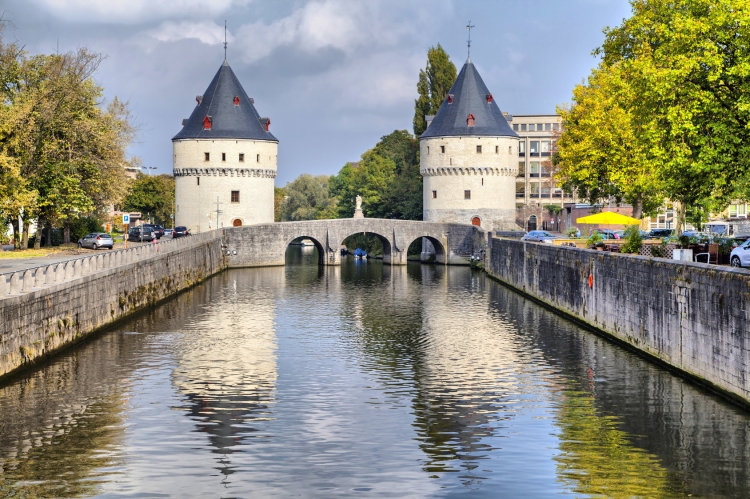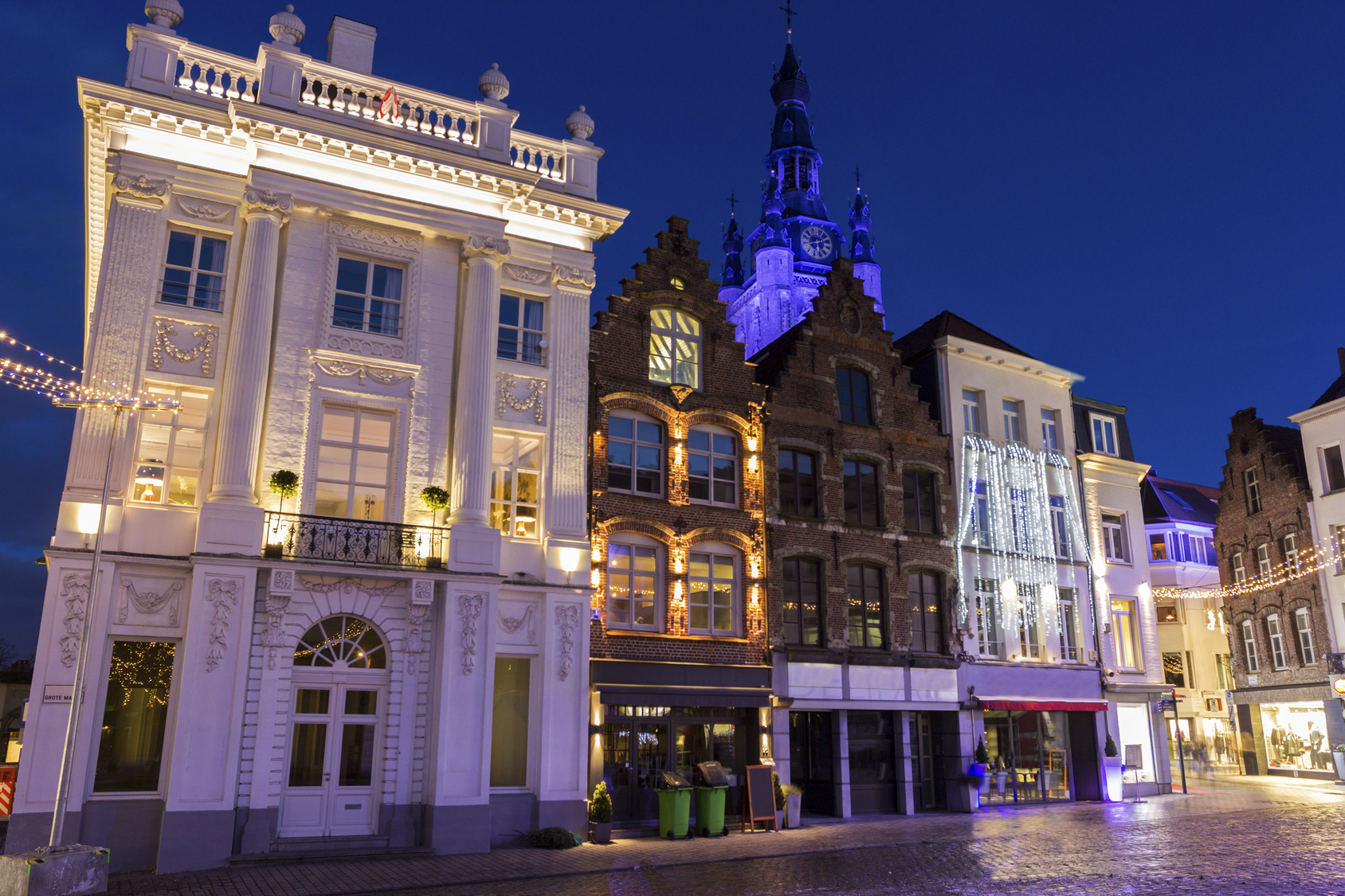Kortrijk is a city in the north of Belgium, with a population of roughly 75,000 inhabitants. It is located on the banks of the river Leie, just 7km from the border with France. This proximity means that the history of Kortrijk is packed with tales of conflict between the two countries, but modern relations are, of course, much more harmonious. In fact, the city is part of the first 'European Grouping of Territorial Cooperation' in partnership with the French city of Lille and Tournai in Belgium, forming a multilingual region which is home to as many as 2 million people. As the largest city in the southern region of West Flanders, Kortrijk is a bustling metropolis and home to a university as well as several colleges and hospitals.
History
Like so many cities in Europe, Kortrijk was originally a Roman settlement, with the location being strategically significant because of its place at a meeting of the river and two important Roman roads. During the 12th and 13th centuries it grew in stature and importance thanks to a growing linen trade, but the closeness of the French border meant that any periods of peace tended to be short lived, and the city of Kortrijk became embroiled in a series of conflicts which included the famous Battle of the Golden Spurs, which led to Kortrijk being nicknamed the City of the Golden Spurs. In the battle in question a French army of trained knights on horseback and soldiers were defeated by a Belgian force comprising peasant fighters armed with whatever weapons came to hand. The golden spurs referred to were taken from the vanquished French knights as souvenirs of victory.



